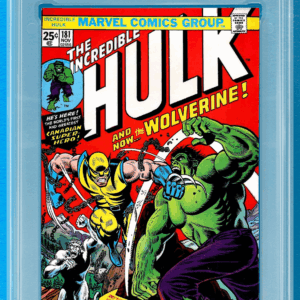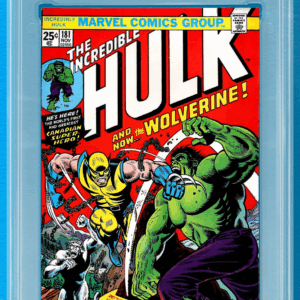In the world of collecting—where nostalgia and investment intersect—trust is the gold standard, far more valuable than any trophy or jersey. Collectors live by it, fame thrives on it, and businesses are built around it. Yet, for nearly ten years, one man turned this trust into a well-oiled machine—a personal ATM that dispensed funds at the expense of dreams. Anthony J. Tremayne, a Californian with a flair for deceit, pulled the curtain down on this trustful world when his very own magic trick—a broad mail fraud scheme involving fake autographs—earned him an ignominious spotlight, a courtroom showdown, and quite possibly, a lot of jail time.
From 2010 to 2019, Tremayne spun an intricate web of deception that snared sports enthusiasts and collectors alike, leaving behind not just financial ruin, but a metaphorical museum of misplaced faith. His modus operandi involved selling memorabilia he claimed was autographed by sports stars, presenting these artifacts as crowned jewels from sports history’s royal vault. Be it the weepy romance of a Stanley Cup victory, the adrenaline from a boxing great’s glove, or the history stitched into a Hall of Fame jacket, Tremayne’s items were catnip to those with a collector’s eye.
This, however, was not your typical rogue’s gallery. Tremayne’s collection didn’t exclusively target those enthralled by sports euphoria. In fact, his repertoire spanned beyond fields and rings; even the glittering lives of celebrities weren’t safe from his grasp, and no step was too far in selling these fake realities. Selling goods alleged to be signed by the Kardashians wasn’t just ambition—it was audacity, packaged with a bow of fraudulent certification and gusto to boot.
What semblance of authenticity rested with Tremayne’s convincingly crafted fakes? Much of it lies in his dedication to accuracy when creating certificates of authenticity (COAs) that bore more convincing detail than many a paid-for novel. In effect, they became his literary works, complete with borrowed aesthetics from trusted authenticators to ensure the signatures seemed more believable than a universally adored bedtime story.
The FBI, employing the oldest trick in the book, sent an undercover agent posing as a collector to join this cautionary tale. Like a calculated move on a chessboard’s mating dance, the agent’s purchase of a Kardashian-signed photograph became a chisel that cracked open Tremayne’s swindle. While the intellect behind the operation was dizzying, the seemingly low-stakes transaction was, as it turned out, a cornerstone in the giant structure of fraud Tremayne had erected.
Tremayne’s courtroom chapter began when he pleaded guilty to a single charge, leaving room for the story’s thrilling denouement scheduled for 2025. If unlucky, Tremayne could face up to 20 years learning a different kind of autograph—the kind that signs state-issued checks for commissary goods. However, the greater narrative here pertains not just to the battle Tremayne lost, but the war memorlamaniacs face with modern-day charlatans.
More than just a primer for collectors, Tremayne’s story serves as a testament to how swiftly and deeply forgeries have found a groove within the memorabilia community. It’s no longer just about finger-smudging authenticity; it’s about technology’s advance in counterfeiting and the fallacy of secured trust that poses buyers’ greatest threat. This isn’t just a one-man problem. It’s the collecting community’s Frankenstein—a monster crafted from optimism and vulnerability, bolstered by desires for that one item that sets a collection artfully apart.
The endgame? Be vigilant. In a post-Tremayne environment, collectors who aim to avoid the gauntlet would do well to err on the side of skepticism. Seek out reputable auction houses, dealers with unimpeachable records, and independent sellers backed by third-party verification. Hunt memberships with top-tier authentication firms like a detective searching for clues, and trust your instincts. Run—don’t walk—should something seem amiss, regardless of how negligible it may appear.
Though the curtain closes on Tremayne’s operation, the specter of his scam lingers—a preventative fable for trust in a wild west of memorabilia. The need for savvy consumers is now cast in sharper relief than ever, and the joy of collecting remains tempered by caution—a perfectly imperfect marriage still made for making history.





